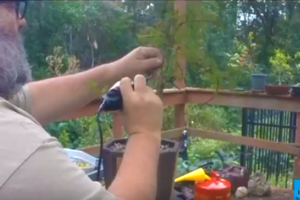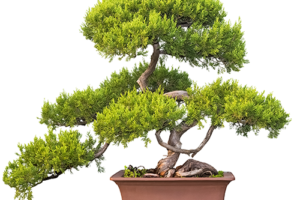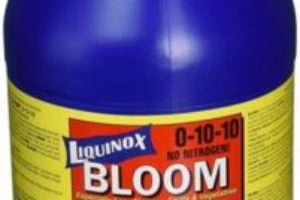Black Locust Bonsai (Robinia pseudoacacia): A Comprehensive Guide
Black locust bonsai, also known as Robinia pseudoacacia, is a species of tree that is native to North America. It is a popular choice for bonsai enthusiasts due to its attractive appearance and its ability to adapt to a variety of conditions. In this blog post, we will take a comprehensive look at black locust bonsai, including its care requirements, the best techniques for styling and pruning, and how to grow and maintain a healthy and beautiful black locust bonsai.

Black Locust Bonsai Care Requirements
Black locust bonsai trees are hardy and adaptable, and they can thrive in a variety of conditions. However, there are some key care requirements that you must follow to keep your black locust bonsai healthy and vibrant.
Light: Black locust bonsai trees prefer full sun, but they can also tolerate partial shade. If you are growing your bonsai indoors, it is important to provide it with bright, indirect light.
Water: Black locust bonsai trees require regular watering, but it is important not to overwater, as this can lead to root rot. Allow the soil to dry out slightly between waterings, and be sure to water thoroughly, ensuring that the entire root system is moist.
Temperature: Black locust bonsai trees are hardy and can tolerate a wide range of temperatures, but they should be protected from extreme cold and heat. If you are growing your bonsai indoors, be sure to provide it with a stable temperature and good air circulation.
Soil: Black locust bonsai trees prefer well-draining soil that is rich in organic matter. A good bonsai soil mix should contain a combination of akadama, pumice, and organic matter, such as compost or peat moss.
Fertilizer: Black locust bonsai trees need regular fertilization to promote healthy growth. Choose a bonsai fertilizer that is high in nitrogen, and be sure to follow the instructions carefully to avoid over-fertilization.
Pruning and Styling Black Locust Bonsai
Black locust bonsai trees are fast-growing and respond well to pruning and shaping. Regular pruning helps to control the size and shape of the tree, and it also encourages the development of new growth and a more compact, dense canopy.
Pruning: Prune your black locust bonsai regularly to encourage new growth and maintain the desired shape and size. Cut back branches that are growing too long or that are crossing each other, and remove any dead or damaged branches.
Wiring: Wiring is a technique that is used to shape the branches and trunk of a bonsai tree. Wrap the wire around the branches and trunk, and then gently bend the branches into the desired shape. Be sure to check the wire regularly and remove it once the branches have set in the desired position.
Defoliation: Defoliation is a technique that is used to reduce the leaf size of a bonsai tree. This technique should only be used on mature trees, and it should be done in the late summer or early fall. Remove all of the leaves from the tree, and then allow it to regrow new leaves, which will be smaller in size.
Growing and Maintaining a Healthy Black Locust Bonsai
Growing and maintaining a healthy black locust bonsai requires patience and dedication, but the results are well worth the effort. By following the care requirements outlined above and using proper pruning and styling techniques, you can create a beautiful and thriving black locust bonsai that will bring you joy for many years to come.
One important factor to keep in mind is the selection of a healthy and suitable bonsai stock. Black locust trees grow rapidly, so it is important to choose a tree with a well-developed root system that is suitable for bonsai training. Look for a tree with a sturdy trunk and a good balance of branches, and be sure to remove any competing shoots or roots that may detract from the overall appearance of the tree.
Another important aspect of growing and maintaining a healthy black locust bonsai is to provide it with proper nutrition. As mentioned, use a high-nitrogen fertilizer to promote healthy growth and maintain a vibrant appearance. Additionally, be sure to provide the tree with the appropriate amount of water, light, and temperature to keep it thriving.
In conclusion, the black locust bonsai is an attractive and adaptable species of tree that make a great choice for bonsai enthusiasts of all skill levels. With proper care and maintenance, you can create a beautiful and thriving black locust bonsai that will bring you joy and satisfaction for many years to come. Whether you are a seasoned bonsai grower or a beginner just starting, the black locust bonsai is an excellent choice for your collection.







Leave a Reply
Your email is safe with us.
You must be logged in to post a comment.